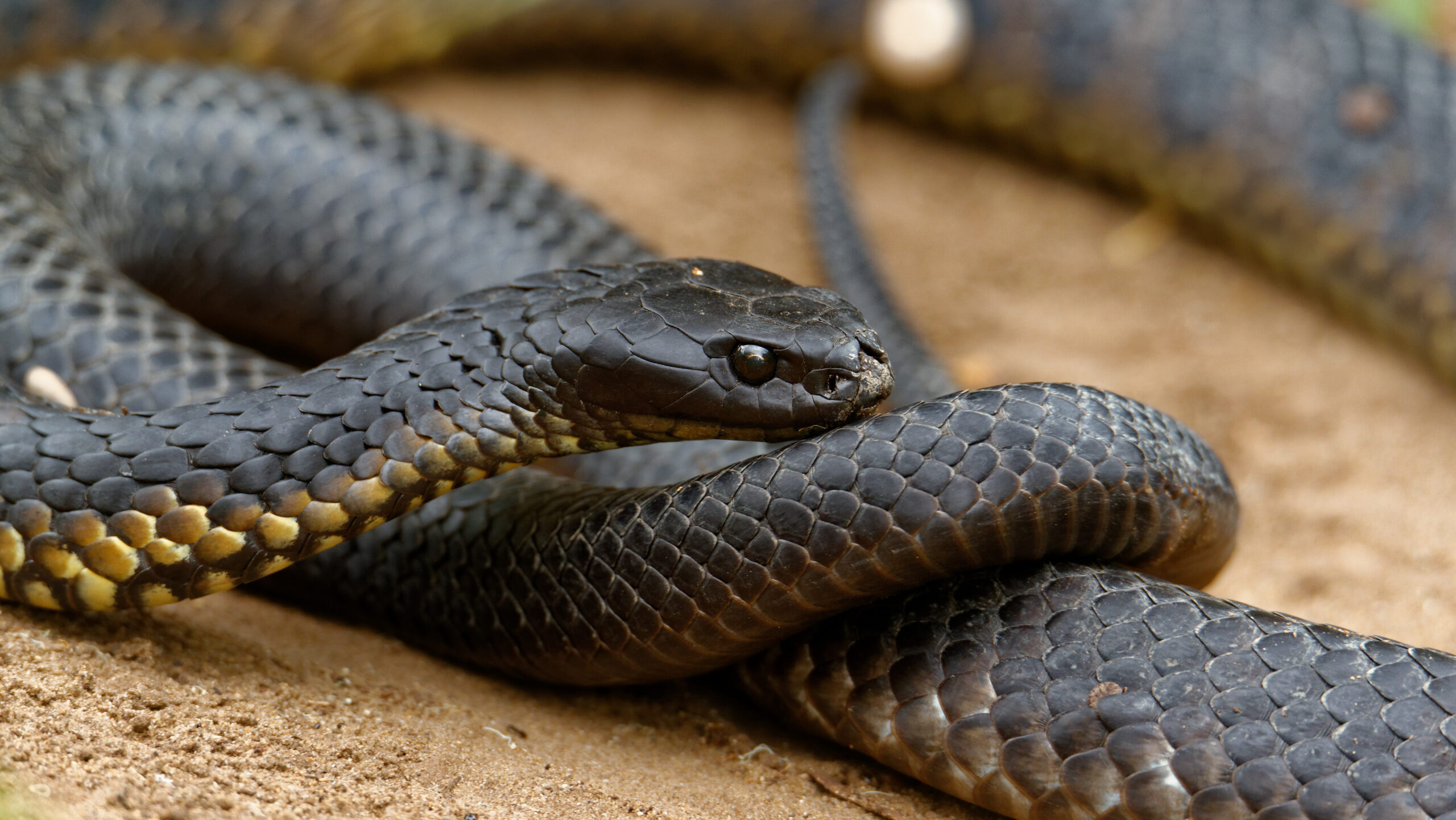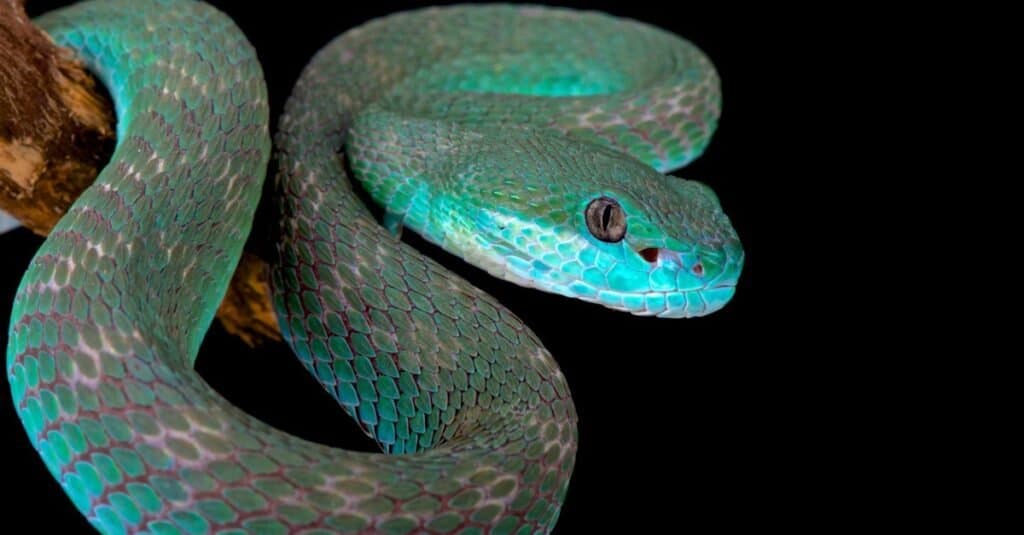Introduction
The Tasmanian tiger snake, scientifically known as Notechis scutatus, is among Australia's the majority of fascinating reptiles. Discovered largely in Tasmania and its surrounding islands, this serpent has actually garnered attention not just for its striking appearance yet additionally for its complicated behavior and vital role in the ecological community. This post will explore the different elements of the Tasmanian tiger snake's habitat, actions, makeup, and interactions with people while providing important details concerning precaution in situation of a serpent bite.
Whether you're a researcher, a Endangered venomous snakes Australia wildlife lover, or just a person curious concerning these fascinating creatures, this extensive guide promises to provide insights that are both informative and engaging. So allow's embark on this journey to comprehend the Tasmanian tiger snake better!
The Tasmanian Tiger Serpent: An Overview
Physical Features of the Tasmanian Tiger Snake
Tiger serpents are identified by their unique coloration and patterns. They generally show a mix of yellow or cream stripes on a dark brownish or black history-- for this reason the name "tiger." Grown-up tiger serpents can grow up to about 2.1 meters long, although the majority of individuals average around 1.5 meters.
Key Attributes:
- Coloration: Varies from dark brown to olive green with lighter bands. Size: Grownups usually vary from 1.2 to 2.1 meters. Head Forming: Definitely wide with famous eyes.
Distribution and Habitat of the Tasmanian Tiger Snake
The Tasmanian tiger serpent primarily occupies seaside regions, wetlands, marshes, and meadows in Tasmania. It grows in settings where it can quickly gain access to water resources because it is frequently discovered near streams or lakes.
Habitat Preferences:
- Wetlands: Suitable for searching victim like frogs and tiny mammals. Coastal Areas: Offers bountiful food resources. Grasslands: Offers cover and basking spots.
Understanding Tiger Snake Behavior
Feeding Behaviors of the Tasmanian Tiger Snake
Tiger snakes are carnivorous and opportunistic feeders. Their diet is composed generally of frogs, fish, little mammals, and birds. They rely on their keen vision and swift motions for hunting.
Dietary Failure:
- Frogs: A main part as a result of abundance in wetland habitats. Fish: Frequently captured when swimming in superficial waters. Small Mammals: Periodically preys on rodents.
Breeding Actions of the Tasmanian Tiger Snake
Tiger snakes have a remarkable reproductive cycle. Mating generally occurs in springtime after emerging from hibernation. Women tiger snakes bring to life live young instead of laying eggs, which is rather unique amongst reptiles.
Reproductive Cycle:
- Mating Season: Springtime (September to November). Gestation Duration: Approximately 3 months. Litter Size: Varieties from 20 to 40 child tiger snakes.
Aggression and Defense Mechanisms of the Tasmanian Tiger Snake
Though they can be hostile when intimidated, tiger snakes commonly choose to retreat instead of face risk directly. Their main defense mechanisms include attacking when cornered or presenting their dimension through hissing.
Defensive Methods:

- Hissing Noise: A warning signal suggesting distress. Bite Action: A last resort when getaway choices are limited.
Are Tiger Snakes Venomous? Recognizing Their Venom
Venom Structure and Effects
Yes! The Tasmanian tiger serpent is poisonous. Its poison has neurotoxins that can trigger significant harm and even death if left untreated. The impacts of a bite can consist of paralysis, swelling at the bite site, queasiness, and other systemic symptoms.
Venom Features:

- Neurotoxic Parts: Impact nerves functioning. Hemotoxic Effects: Can result in tissue damage.
Common Symptoms Adhering to a Tiger Serpent Bite
Recognizing signs and symptoms immediately is crucial for efficient emergency treatment administration after a snake bite:
- Severe discomfort at bite site Swelling Nausea or vomiting Difficulty breathing
First Aid for Serpent Bites: What You Need to Know
Immediate Steps After a Tiger Serpent Bite
In case you come across a situation involving a tiger snake bite, it's critical to act promptly:
Call emergency services immediately. Keep the affected arm or leg paralyzed at heart level. Remove limited clothes or precious jewelry around the bite site.Creating Your Snake Bite Emergency Treatment Kit
Having an appropriately stocked first aid kit can make all the difference throughout emergencies:|Thing|Objective|| ------|---------|| Compression plaster|To immobilize limb|| Splint|To support hurt location|| Antibacterial wipes|For cleansing wounds|
FAQs Concerning the Tasmanian Tiger Snake
What do baby tiger snakes eat?
Baby tiger serpents primarily feed upon little bugs and amphibians until they grow huge sufficient to quest larger prey like frogs or small fish.
How hazardous is a tiger snake bite?
A tiger serpent bite can be very hazardous as a result of its potent venom; instant medical interest is crucial for survival.
Where are eastern tiger snakes found?
Eastern tiger serpents inhabit seaside regions throughout southeastern Australia however are less typical than their Tasmanian counterparts.
What ought to I do if I see a tiger snake?
Maintain your distance; do not try to manage it unless you're educated to do so-- most attacks happen throughout efforts at capture or mishandling.
Can I make it through without antivenom after being bitten?
While some individuals might make it through without antivenom relying on numerous factors such black snake with blue belly as health and wellness conditions and time taken for treatment; seeking instant clinical aid is constantly advised as it substantially boosts survival chances.

Are there any type of certain safety measures I ought to take while treking in Tasmania?
Always use strong boots, remain on significant routes, prevent high bandy bandy snake lawn where visibility might be limited; familiarize on your own with regional wildlife prior to going out right into nature!
Conclusion
The Tajamanian tiger serpent represents an essential part of Australia's rich biodiversity landscape both ecologically as killers and culturally as symbols within Australian mythology. Comprehending their habitat preferences together with behavior provides understanding right into just how we can exist side-by-side securely while respecting wildlife limits-- bearing in mind that awareness leads us in the direction of much safer journeys outdoors!
By staying notified concerning prospective dangers such as envenomation from attacks while additionally taking preventive measures guarantees positive experiences when experiencing these fascinating creatures!
In conclusion, whether you're intrigued by their striking look or astounded by their complicated habits-- the Tasmanian tiger snake undoubtedly is entitled to recognition beyond simple fascination-- it encapsulates nature's appeal intertwined elaborately within our ecosystems!